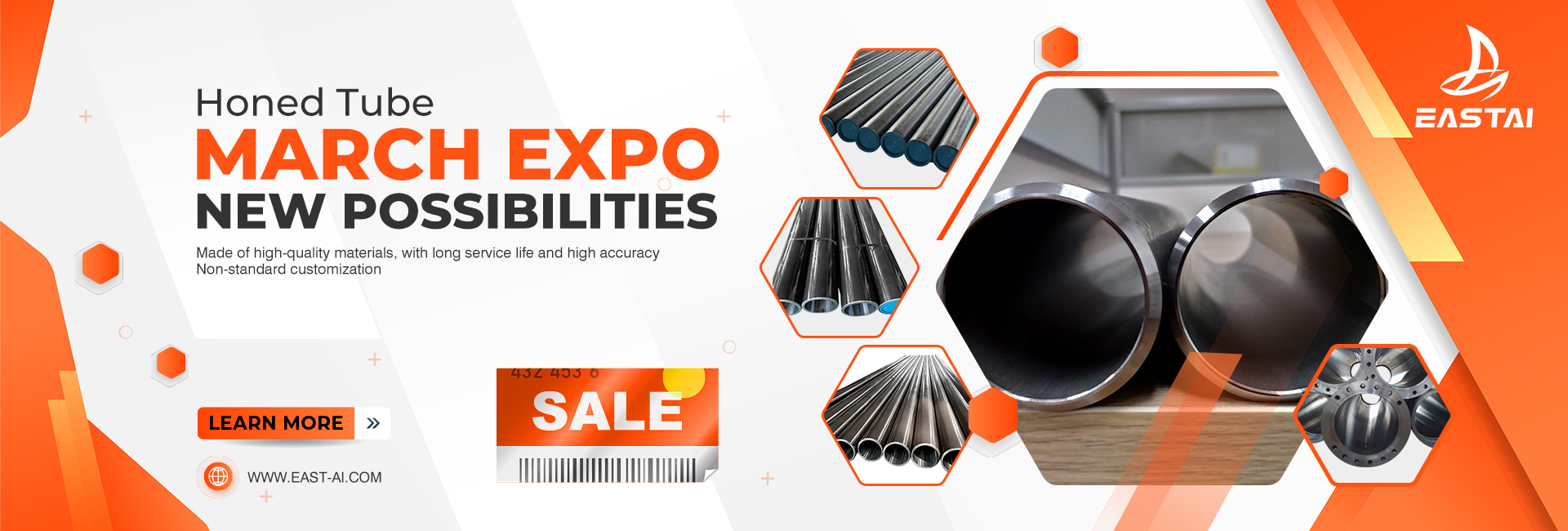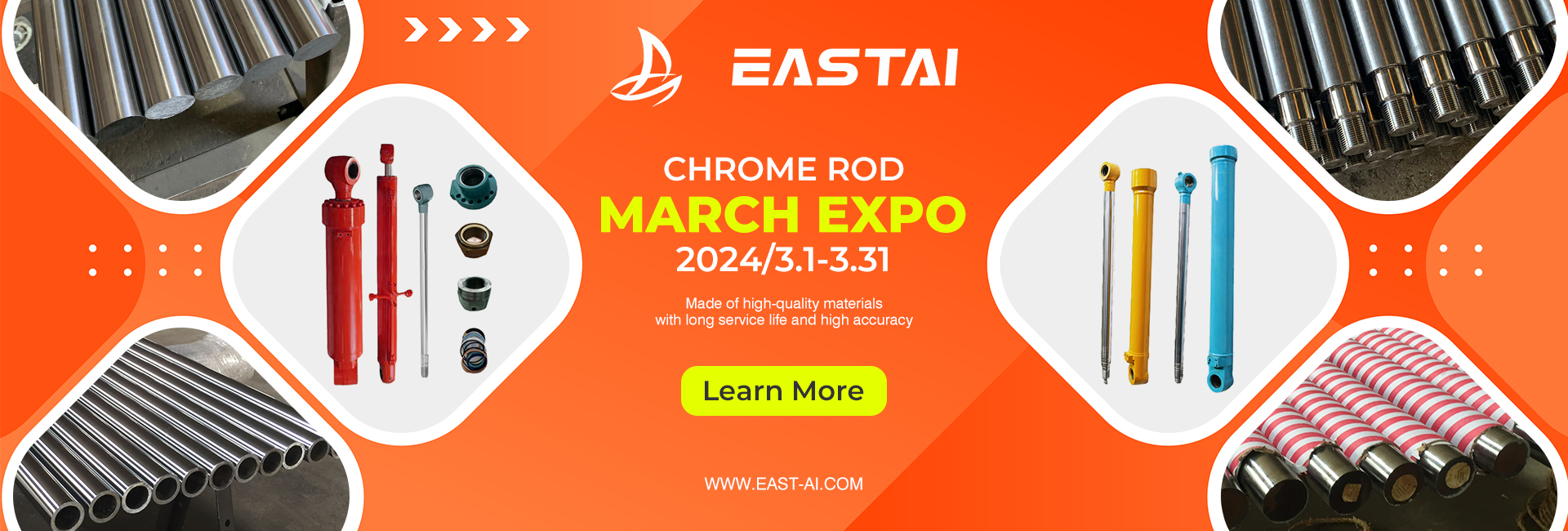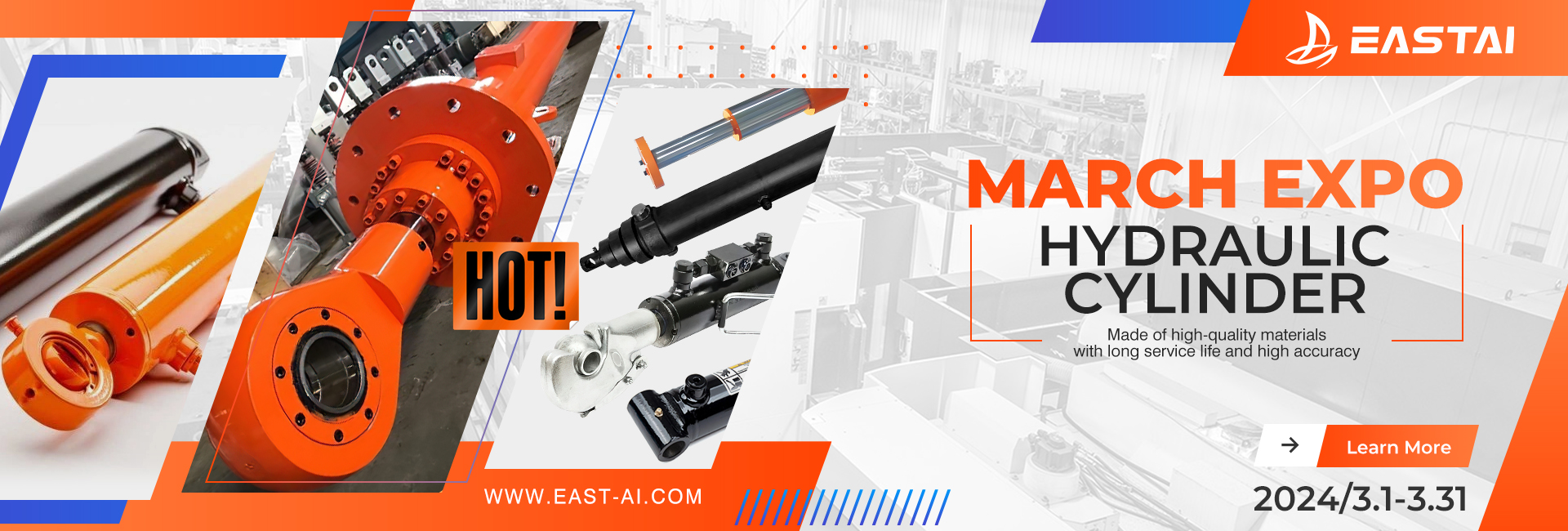It relies on the reciprocating movement of the plunger in the cylinder to change the volume of the sealed working chamber to realize oil absorption and oil pressure. The plunger pump has the advantages of high rated pressure, compact structure, high efficiency and convenient flow adjustment. Piston pumps are widely used in high pressure, large flow and occasions where the flow needs to be adjusted, such as hydraulic presses, engineering machinery and ships.
Piston pumps are generally divided into single plunger pumps, horizontal plunger pumps, axial plunger pumps and radial plunger pumps.
single plunger pump
The structural components mainly include an eccentric wheel, a plunger, a spring, a cylinder body, and two one-way valves. A closed volume is formed between the plunger and the bore of the cylinder. When the eccentric wheel rotates once, the plunger reciprocates up and down once, moves downward to absorb oil, and moves upward to discharge oil. The volume of oil discharged per revolution of the pump is called the displacement, and the displacement is only related to the structural parameters of the pump.
Horizontal plunger pump
The horizontal plunger pump is installed side by side with several plungers (generally 3 or 6), and a crankshaft is used to directly push the plunger through the connecting rod slider or the eccentric shaft to make reciprocating motion, so as to realize the suction and discharge of liquid. hydraulic pump. They also all use valve-type flow distribution devices, and most of them are quantitative pumps. The emulsion pumps in coal mine hydraulic support systems are generally horizontal plunger pumps. The emulsion pump is used in the coal mining face to provide emulsion for the hydraulic support. The working principle relies on the rotation of the crankshaft to drive the piston to reciprocate to realize liquid suction and discharge.
Axial piston pump
An axial piston pump is a piston pump in which the reciprocating direction of the piston or plunger is parallel to the central axis of the cylinder. The axial piston pump works by using the volume change caused by the reciprocating movement of the plunger parallel to the transmission shaft in the plunger hole. Since both the plunger and the plunger hole are circular parts, a high precision fit can be achieved, so the volumetric efficiency is high.
Straight shaft swash plate plunger pump
Straight shaft swash plate plunger pumps are divided into pressure oil supply type and self-priming oil type. Pressure oil supply hydraulic pumps mostly use a fuel tank with air pressure, and the hydraulic oil tank that relies on air pressure to supply oil. After starting the machine every time, you must wait for the hydraulic oil tank to reach the operating air pressure before operating the machine. If the machine is started when the air pressure in the hydraulic oil tank is insufficient, the sliding shoe in the hydraulic pump will be pulled off, which will cause abnormal wear of the return plate and the pressure plate in the pump body.
radial piston pump
Radial piston pumps can be divided into two categories: valve distribution and axial distribution. Valve distribution radial piston pumps have high failure rate and high efficiency piston pumps. Due to the structural characteristics of radial pumps, axial distribution radial piston pumps have better impact resistance, longer life and higher control precision than axial piston pumps. . The variable stroke of short variable stroke pump is achieved by changing the eccentricity of the stator under the action of the variable plunger and the limit plunger, and the maximum eccentricity is 5-9mm (according to the displacement), and the variable stroke is very short. . And the variable mechanism is designed for high pressure operation, controlled by the control valve. Therefore, the response speed of the pump is fast. The radial structure design overcomes the problem of eccentric wear of the slipper shoe of the axial piston pump. It greatly improves its impact resistance.
Hydraulic plunger pump
The hydraulic plunger pump relies on air pressure to supply oil to the hydraulic oil tank. After starting the machine every time, the hydraulic oil tank must reach the operating air pressure before operating the machine. Straight-axis swash plate plunger pumps are divided into two types: pressure oil supply type and self-priming oil type. Most of the pressure oil supply hydraulic pumps use a fuel tank with air pressure, and some hydraulic pumps themselves have a charge pump to provide pressure oil to the oil inlet of the hydraulic pump. The self-priming hydraulic pump has a strong self-priming ability and does not need external force to supply oil.
The pressure oil of the variable displacement plunger pump enters the lower cavity of the variable displacement casing through the pump body and the oil hole in the variable casing of the pump casing through the check valve. When the pull rod moves downward, the servo piston is pushed downward, and the servo valve The upper valve port is opened, and the pressure oil in the lower chamber of the variable housing enters the upper chamber of the variable housing through the oil hole in the variable piston. Since the area of the upper chamber is larger than that of the lower chamber, the hydraulic pressure pushes the piston to move downward, driving the pin shaft to make the variable head Rotate around the center of the steel ball, change the inclination angle of the variable head (increase), and the flow rate of the plunger pump will increase accordingly. On the contrary, when the pull rod moves upward, the inclination angle of the variable head changes in the opposite direction, and the flow rate of the pump also changes accordingly. When the inclination angle changes to zero, the variable head changes to the negative angle direction, the liquid flow changes direction, and the inlet and outlet ports of the pump change.
Post time: Nov-21-2022




